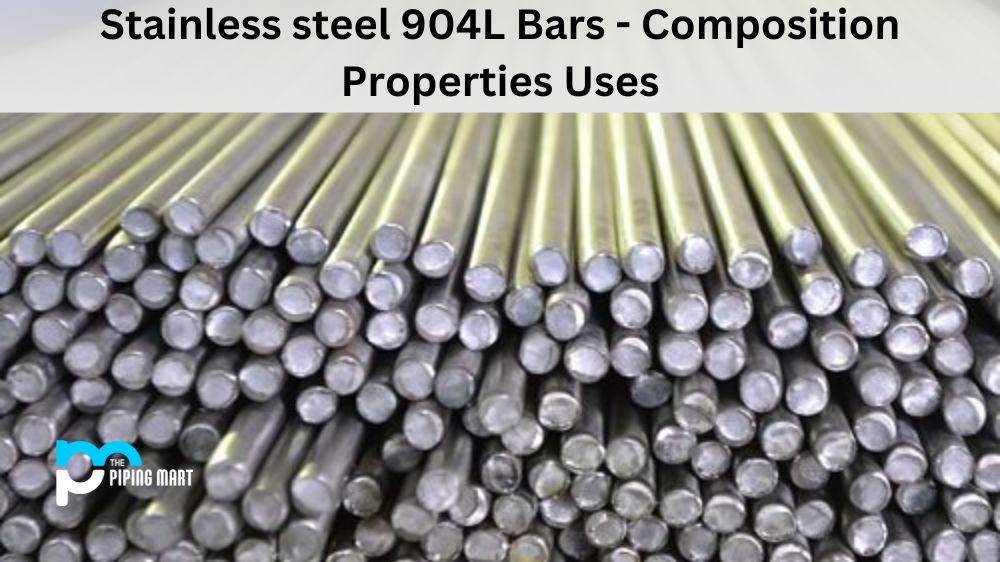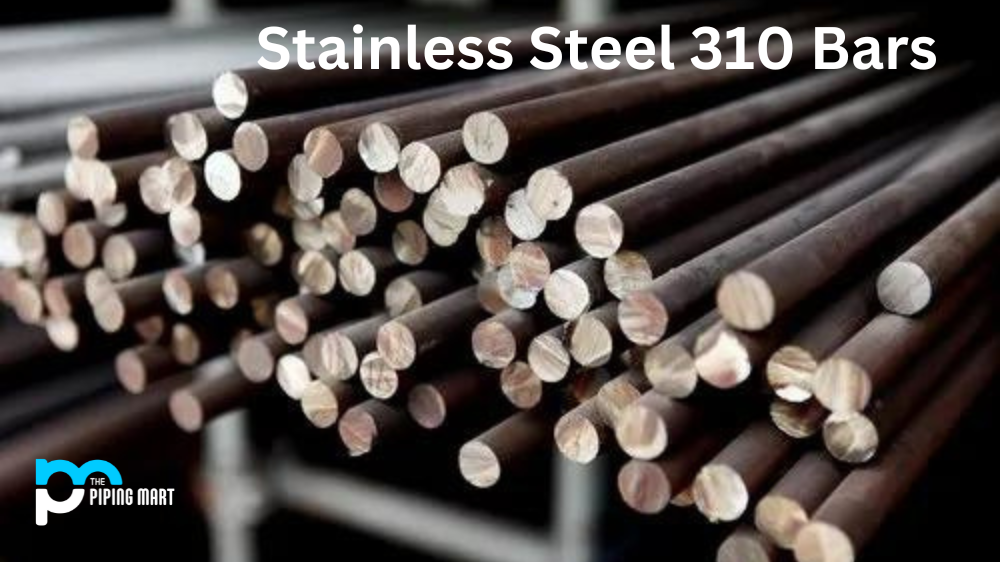Stainless steel is a versatile material that is used in various industries across the globe. UNS S31600 Sheet plate, in particular, is a popular choice due to its excellent corrosion resistance and durability. In this post, we will explore the composition, physical and mechanical properties of this type of steel, and its uses in different applications.
What is Stainless Steel 316 Sheet Plate?
Stainless Steel 316 Plate is a high-chromium, nickel-based corrosion-resistant alloy. It possesses excellent strength, formability, weldability, and machinability properties. Its resistance to acids and chlorides makes it ideal for use in both industrial and marine environments. Its surface also provides superior crevice corrosion and pitting resistance when exposed to harsh chemicals or saline solutions.
SS 316 Sheet Plate Composition
316 Stainless steel Sheet is made up of 16-18% chromium, 10-14% nickel, 2-3% molybdenum, and small amounts of other elements such as carbon, manganese, and phosphorus. The molybdenum content gives it superior corrosion resistance, especially in chloride environments, making it a preferred choice for marine and coastal applications.
|
Grade
|
C
|
Mn
|
Si
|
P
|
S
|
Cr
|
Mo
|
Ni
|
N
|
|
|
316
|
Min
|
–
|
–
|
–
|
0
|
–
|
16.0
|
2.00
|
10.0
|
–
|
|
Max
|
0.08
|
2.0
|
0.75
|
0.045
|
0.03
|
18.0
|
3.00
|
14.0
|
0.10
|
|
|
316L
|
Min
|
–
|
–
|
–
|
–
|
–
|
16.0
|
2.00
|
10.0
|
–
|
|
Max
|
0.03
|
2.0
|
0.75 |
0.045
|
0.03
|
18.0
|
3.00
|
14.0
|
0.10
|
|
|
316H
|
Min
|
0.04
|
0.04
|
0
|
–
|
–
|
16.0
|
2.00
|
10.0
|
–
|
|
Max
|
0.10
|
0.10
|
0.75
|
0.045
|
0.03
|
18.0
|
3.00
|
14.0
|
–
|
UNS S31600 Sheet Plate Physical Properties
SS 316 Sheet Plate has a density of 8000 Kg/m³ and a melting point of 1370-1400℃. It has a high-temperature resistance, making it appropriate for use in high-temperature environments. It has good thermal conductivity, making it an excellent choice for use in heat exchangers and boilers. It is also non-magnetic, making it a suitable choice for electronic and electrical applications.
|
Grade
|
Density
(kg/m3) |
Elastic Modulus
(GPa) |
Mean Co-eff of Thermal Expansion (µm/m/°C)
|
Thermal Conductivity
(W/m.K) |
Specific Heat 0-100°C
(J/kg.K) |
Elec Resistivity
(nΩ.m) |
|||
|
0-100°C
|
0-315°C
|
0-538°C
|
At 100°C
|
At 500°C
|
|||||
|
316/L/H
|
8000
|
193
|
15.9
|
16.2
|
17.5
|
16.3
|
21.5
|
500
|
740
|
316 Stainless Steel Sheet Plate Mechanical Properties
SS 316 sheet has a tensile strength of 515 MPa and a yield strength of 205 MPa. It has a high elongation and reduction of area, making it easy to work with and form into different shapes and sizes. It has a good toughness and ductility, making it a suitable choice for high-stress applications such as pressure vessels, valves, and pumps.
|
Grade
|
Tensile Str
(MPa) min |
Yield Str
0.2% Proof (MPa) min |
Elong
(% in 50mm) min |
Hardness
|
|
|
Rockwell B (HR B) max
|
Brinell (HB) max
|
||||
|
316
|
515
|
205
|
40
|
95
|
217
|
|
316L
|
485
|
170
|
40
|
95
|
217
|
|
316H
|
515
|
205
|
40
|
95
|
217
|
SS316 Sheet Plate Uses:
316 SS sheet plate is used in various industries and applications. It is commonly used in the marine industry for shipbuilding and offshore drilling platforms due to its corrosion resistance. It is also used in the chemical industry for handling corrosive chemicals. It finds use in the food and beverage industry for its hygienic properties as it does not react with food and is easy to clean. It is also used in construction and architecture for its durability and aesthetic properties.
Stainless Steel 316 Plate Heat Treatment:
SS316 sheet plate can be annealed, which involves heating the material to 1010-1120℃ and then cooling it slowly. This process increases its ductility and toughness and makes it easy to work with. It can also be quenched and tempered for improved strength and hardness.
Stainless Steel 316 Sheet Corrosion Resistance:
UNS S31600 Sheet plate has excellent corrosion resistance due to its high chromium and molybdenum content. It can resist pitting and crevice corrosion, making it suitable for use in aggressive environments such as seawater and acidic solutions. It has a maximum corrosion resistance period of up to 5 years in seawater environments, making it a popular choice for marine applications.
Conclusion:
In summary, stainless steel 316 sheet plate is a versatile material with excellent physical and mechanical properties. Its high corrosion resistance, durability, and aesthetics make it a popular choice for various applications across different industries. Its heat treatment and corrosion resistance properties also make it suitable for use in harsh environments such as marine and chemical. If you are looking for a reliable material for your next project, consider stainless steel 316 sheet plate.

Abhishek is a seasoned blogger and industry expert, sharing his insights and knowledge on various topics. With his research, Abhishek offers valuable insights and tips for professionals and enthusiasts. Follow him for expert advice on the latest trends and developments in the metal industry.




